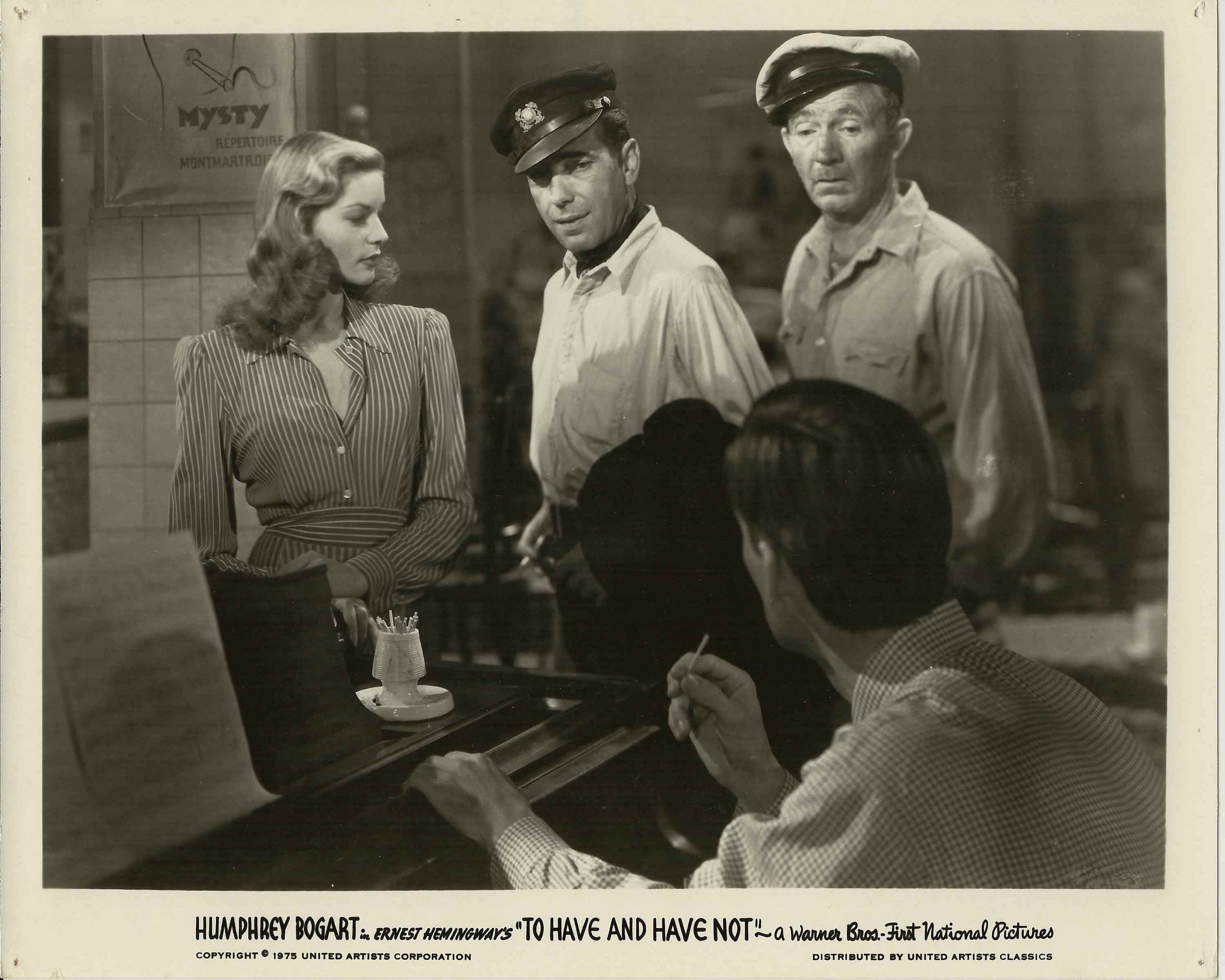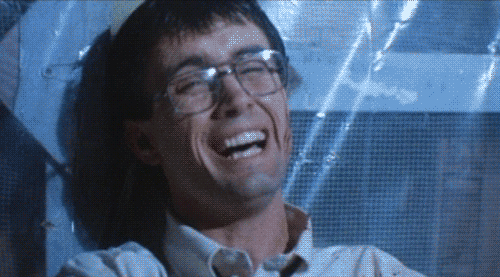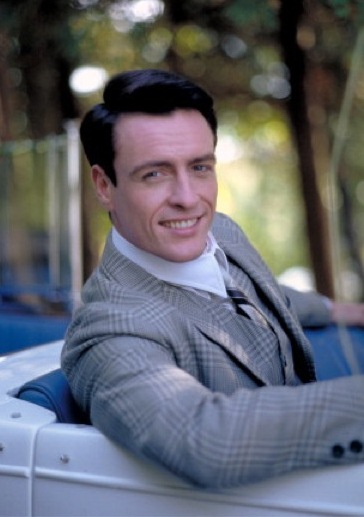Confessions of a Film Junkie: A retrospect on “Antichrist”
By: Brian Cotnoir
So I wanted to try
something different. I have a simple
method when it comes to writing reviews for this blog: I watch a film, I take
notes on it, and then I write a review.
Normally, when I review a film for this blog, I watch it only once. My reasoning is because sometimes I get
easily bored watching a film more than once, but it’s mainly because I watch a
lot of crap. I know a lot of critics
watch a film at least twice before forming an opinion, to give a more “fair
judgment” of the film. Now, in attempt
to do some of those film’s some “justice”, I will be re-watching some of them
writing a retrospect review on how my feelings have changed since I watched
them the one and only time. The first
film I will be re-reviewing is Lars Von Trier’s 2009 film “Antichrist”.
My First Impression of the Film
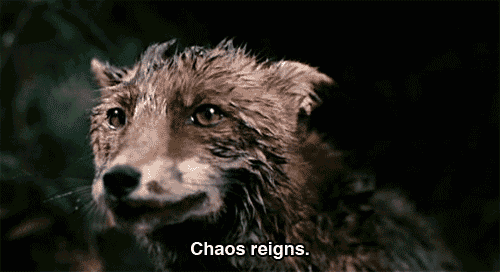 |
| What was the point of you Random Talking Fox??? |
I absolutely hated this film the first time I
saw it. It actually took me over a year
to watch the entire film in just one sitting, I found it that boring. I hated this film so much after the first
time I saw it that I declared it “the Worst Film I’ve ever seen” (only for me
to recant that declaration one week later after watching and reviewing “Cool
World”). I have bashed this film to no
end. I ranked it #2 on my list of “Ten
Films that make me want to punch somebody”, and I listed this film’s director,
Lars Von Trier, as one of my “5 Signs of a Bad Movie”. I just could not find one thing about this
film that I liked.
My Opinion after watching this film for the second
time
 |
| I dotn even know how to describe this scene |
So shortly after I
posted my original review of “Antichrist”, one of my best friends told me that
they wanted to watch the film with me because they thought it might actually be
good. I decided to humor them and we
watched it. They agreed that it was
nothing special, but thought it was better than I gave it credit for, and I
actually started to see that the film did have some nice cinematography. Though, I still couldn’t get pass the fact
that Charlotte Gainsbourg is a terrible actress—probably one of the worst I’ve
ever seen in a film—and there’s just so much random and boring crap that Von
Trier piles into his films that make me regret watching anything that he’s
made.
 |
| God, you're a weirdo! |
Now
this next part is very difficult for me to admit, but maybe...Lars Von Trier
isn’t as bad as of a director as I thought.
I guess what I’m trying to express is that even though I don’t
understand or like a lot of the things Von Trier does in his films, I think
that might be why so many people like him.
He does as he pleases and he does it all in the name of his art.
He makes the kind of films that he wants to make, and he is proud of his
work. Also, he keeps landing big name
stars in most of his films. Everyone
from Willem Defoe and Kirsten Dunst to Kiefer Sutherland and Stellan Skasgaard has
appeared in Von Trier’s films. Even one
of my favorite actors, John Hurt, managed to find himself playing a role in Von
Trier’s “Melancholia”. I don’t
understand how Von Trier keeps landing so many big name stars for his films,
but if he can do it, then people must really like his work.
What I’d do to make this film better
Well...can this film
be made better? How can you improve upon Von Trier’s work? Did this film actually have a plot? I couldn’t tell. Well if it didn’t have a plot then what can
you really do to make the film better? I
mean besides the obvious: replace Charlotte Gainsbourg with a better actress
and STOP SHOWING US CLOSE-UPS WILLEM
DEFOE’S PENIS!
My Present Feelings on the Film
So do I still think
“Antichrist” is one of the worst films I’ve ever seen? Yes. However, I don’t think I would rank it
as high up on my list of Worst Films I’ve ever seen, but I’d definitely say
it’s somewhere in my Top 20 Worst Films (possibly top 15). If you, personally, like this film I can
understand it. I’ve seen it three times
now, and it’s just not my cup of tea.
*Upcoming
Reviews*
August 8th- “The Tall Man”
August 15th- “Infected”
August 22nd- “Elfie Hopkins: Cannibal Hunter”
August 29th- A Retrospect on “A Serbian Film”

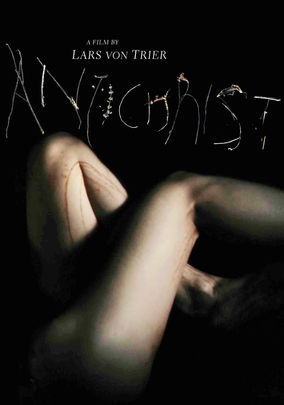









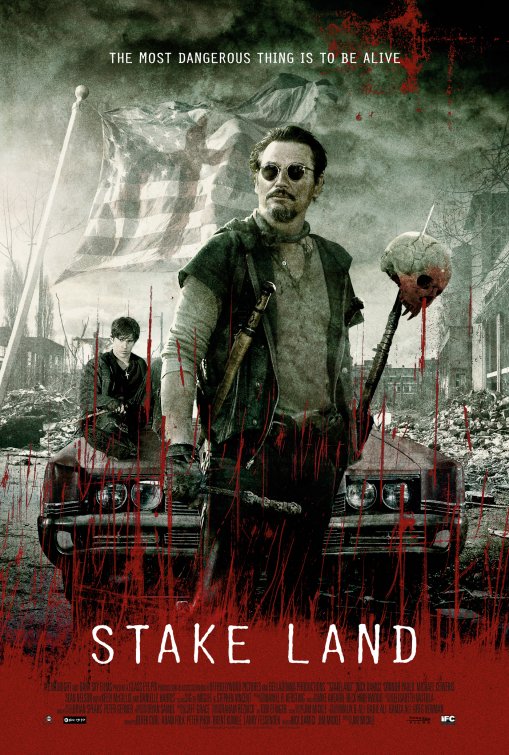




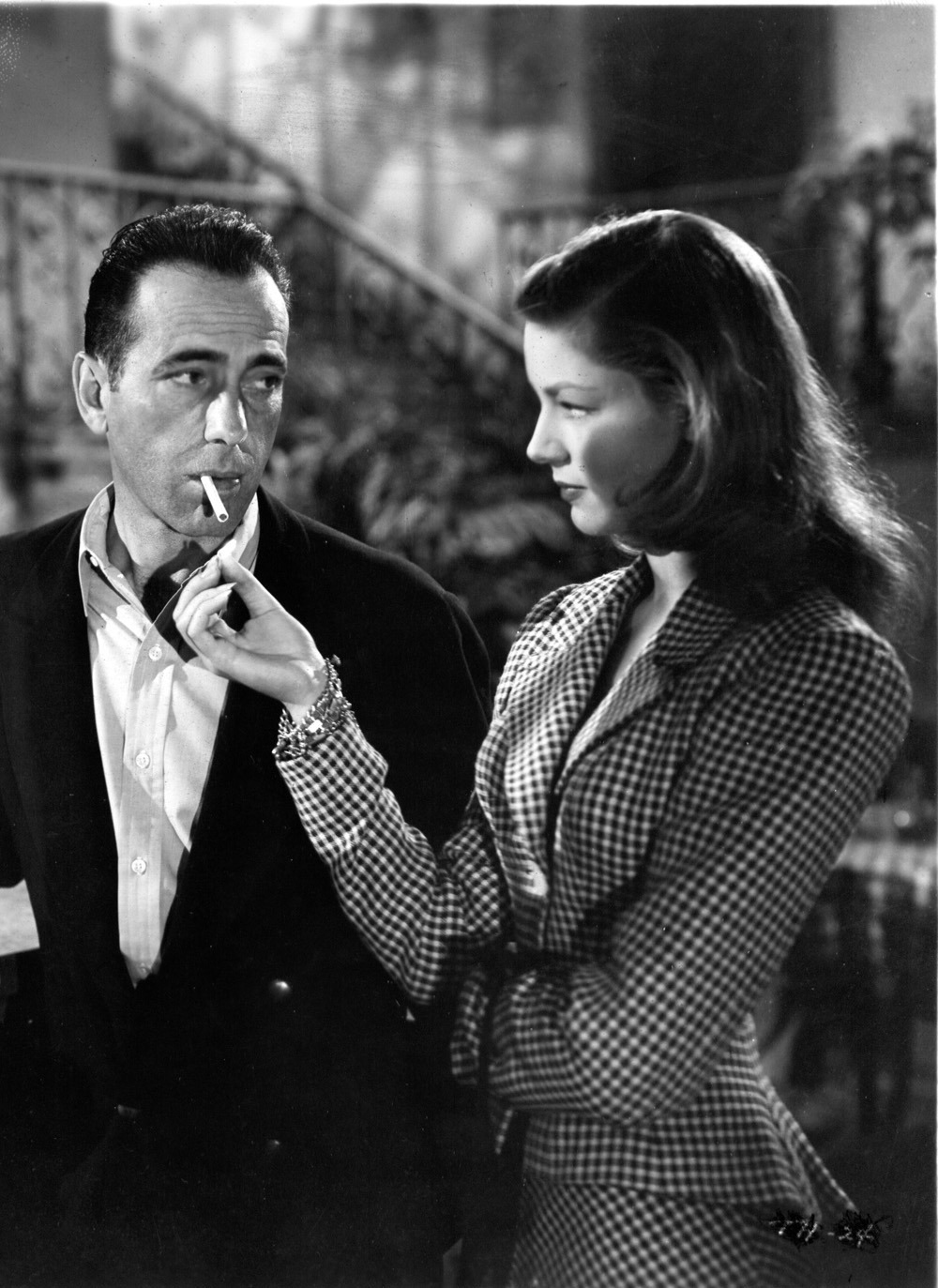
_NRFPT_17.jpg)
